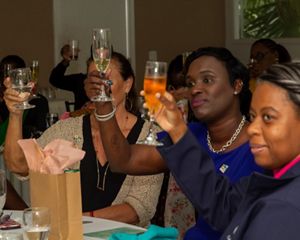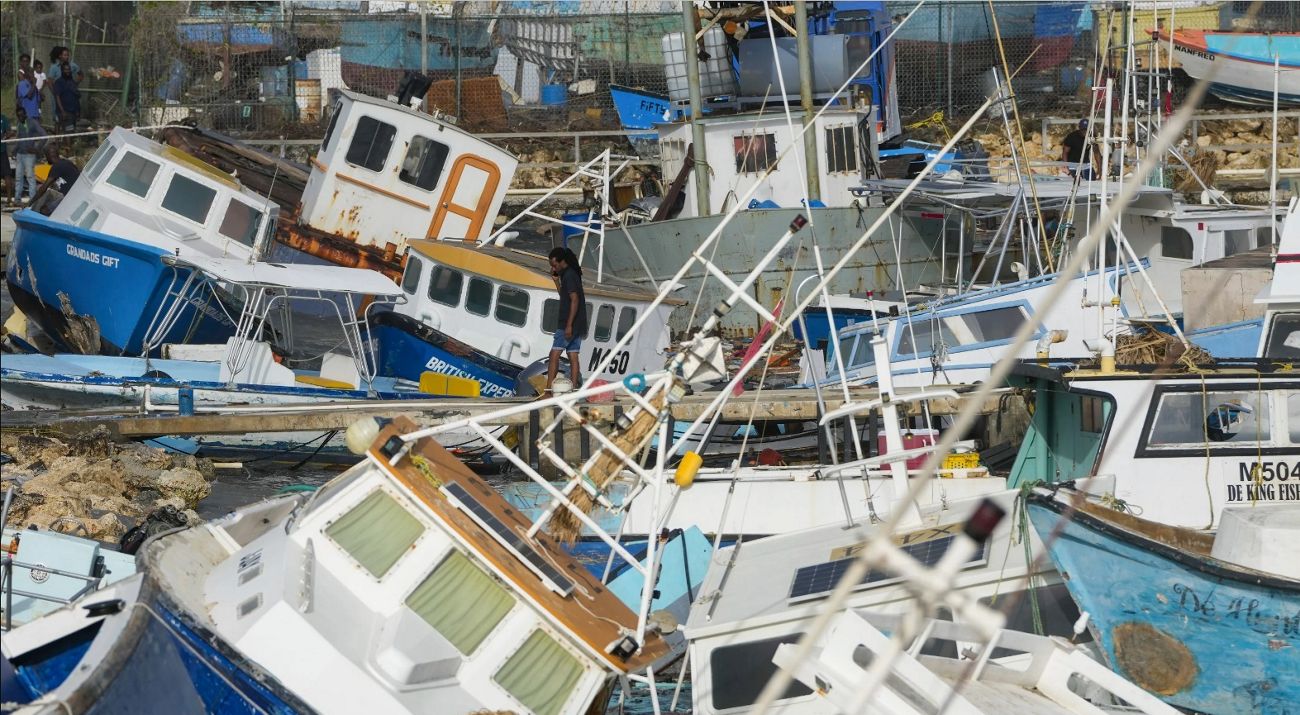
Together, We Will Rise
Coming together in the wake of Hurricane Beryl.
By Christabelle Andrews
Hurricane Beryl, the earliest category 4 hurricane to hit the Caribbean, struck Grenada and its dependencies, St Vincent, and the Grenadine islands of Union Island, Mayreau and Canouan. Our colleague in Grenada, Christabelle Andrews, shares her thoughts on how Beryl, while a destructive force, brought out the spirit of community and resilience in Caribbean people.
"When the National Disaster Management Agency (NaDMA) announced that the Tri-island state of Grenada, Carriacou, and Petite Martinique was under a hurricane watch the reactions were mixed.
For some, it was a forewarning of a potential disaster. For others, it was yet another false alarm and not much cause for concern as Grenada is frequently placed under hurricane watch but is seldom impacted as weather systems change course and head to other islands along the Caribbean’s hurricane belt. But as Beryl’s wind speed increased and she inched even closer to the islands, there was no denying it: she was going to make landfall, and there was no way anyone could refuse to take her seriously.
NaDMA and the Government of Grenada took precautionary measures, issuing warnings to residents and prompting evacuations in vulnerable areas. The nation prepared as best as they could to weather the storm, securing their homes and gathering essential supplies. But no one could prepare for the unease, fear and dread that came with waiting for Beryl’s imminent impact on the morning of
July 1. Long buried feelings of trauma from Hurricane Ivan, a catastrophic category 3 hurricane twenty years in the past. The nation prayed. Prayed to avoid total destruction. Prayed that loved ones would be safe. Prayed for the strength to not come apart at the seams as apprehension welled within.
Hurricane Damage in Carriacou
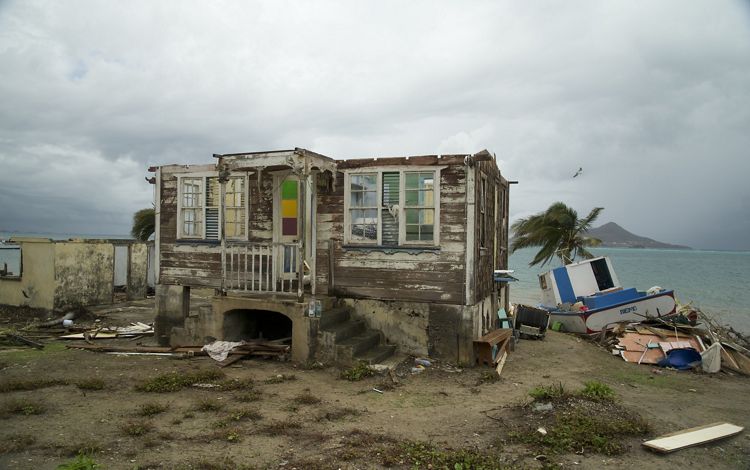
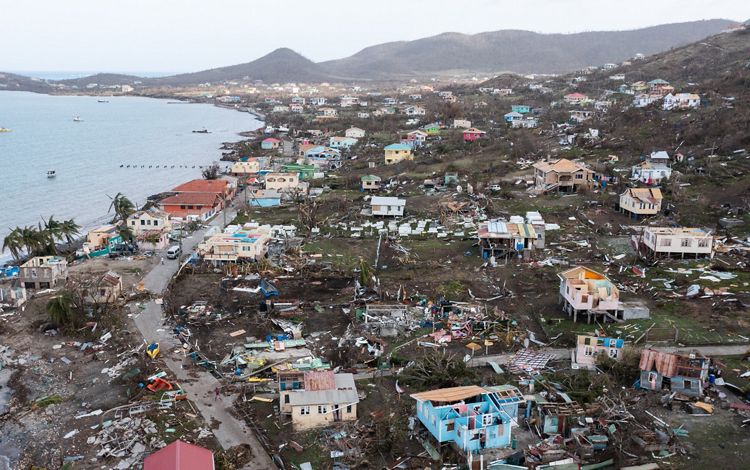
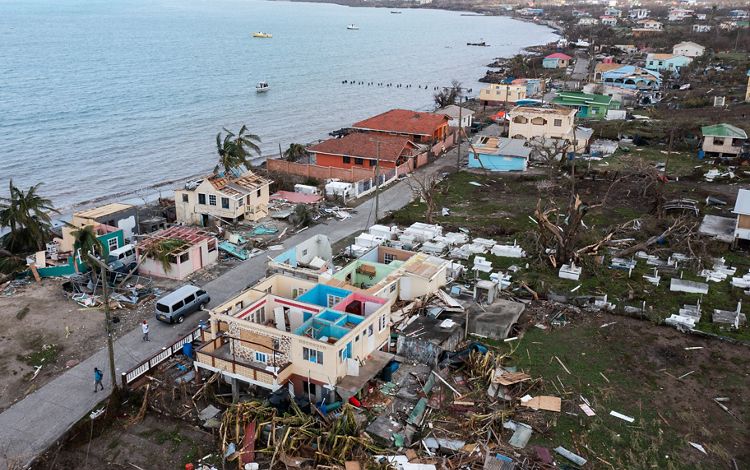
Then, the worst happened. Beryl made landfall in Carriacou as a Category 4 hurricane. With winds of up to 150 miles (240 kilometers) per hour and a significant amount of rainfall, the impact was immediate. Rooves tore from houses and whipped through the air. Concrete walls collapsed around terrified residents. Cars and forty-foot containers picked up and carried as though they were toys being played with by children. Trees ripped from the earth and structures torn apart. By 5 p.m. on July 1, just before sunset, the residents would step out to witness a scene of complete and utter devastation. Everything in Carriacou and Petite Martinque was lost. The nation was heartbroken. This would be their first of many nights in complete darkness, disconnected from the rest of the world and flooded by deep feelings of despair.
Almost immediately local communities came together to support one another, sharing resources, offering shelter, and assisting in the cleanup and recovery efforts. The sense of camaraderie that emerged showcased the spirit of cooperation that is often a hallmark of Caribbean culture. Community leaders and organizations played a vital role in recovery efforts, organizing volunteer groups to help those in need and to distribute essential supplies. The local government worked swiftly to assess damage and begin the restoration process, while regional and international governments and agencies worked quickly to provide much needed relief supplies and human resources. The CARICOM region rose to the occasion as well, in shared understanding and solidarity.
Amid the destruction, the resilience of the people of Grenada, Carriacou, and Petite Martinique shone through. Historically, the Caribbean islands have demonstrated remarkable strength and unity in the face of adversity, and the aftermath of Hurricane Beryl was no exception.
Hurricane Beryl highlighted the vulnerability of small islands to climate change and severe weather events and emphasizes the need to build stronger and more resilient communities to better withstand future storms.
The subsequent response highlighted an admirable resilience among the people. Their commitment to rebuilding, coupled with a strong sense of community, illustrated the ability to adapt and recover from natural disasters. The lessons learned from Beryl would serve as a foundation for better preparedness for future storms and the reinforcement of community bonds that transcend the challenges posed by nature. The experience of Grenada, Carriacou, and Petite Martinique serves as a profound reminder of the strength and unity found in even the toughest times."
We Can’t Save Nature Without You
Sign up to receive monthly conservation news and updates from the Caribbean.


